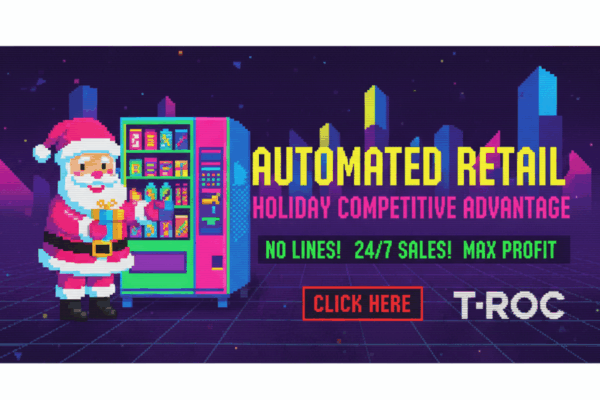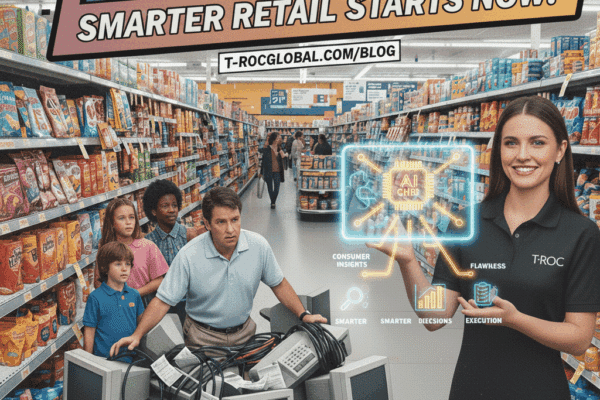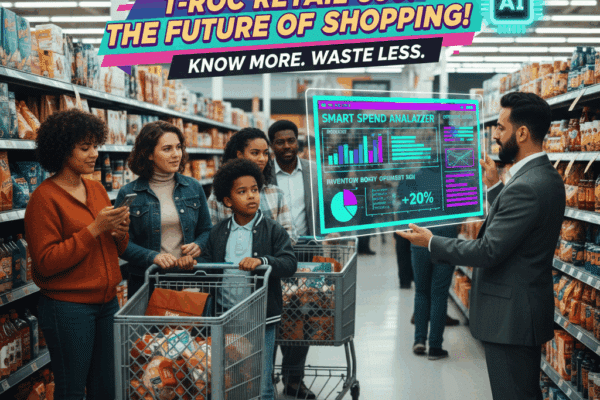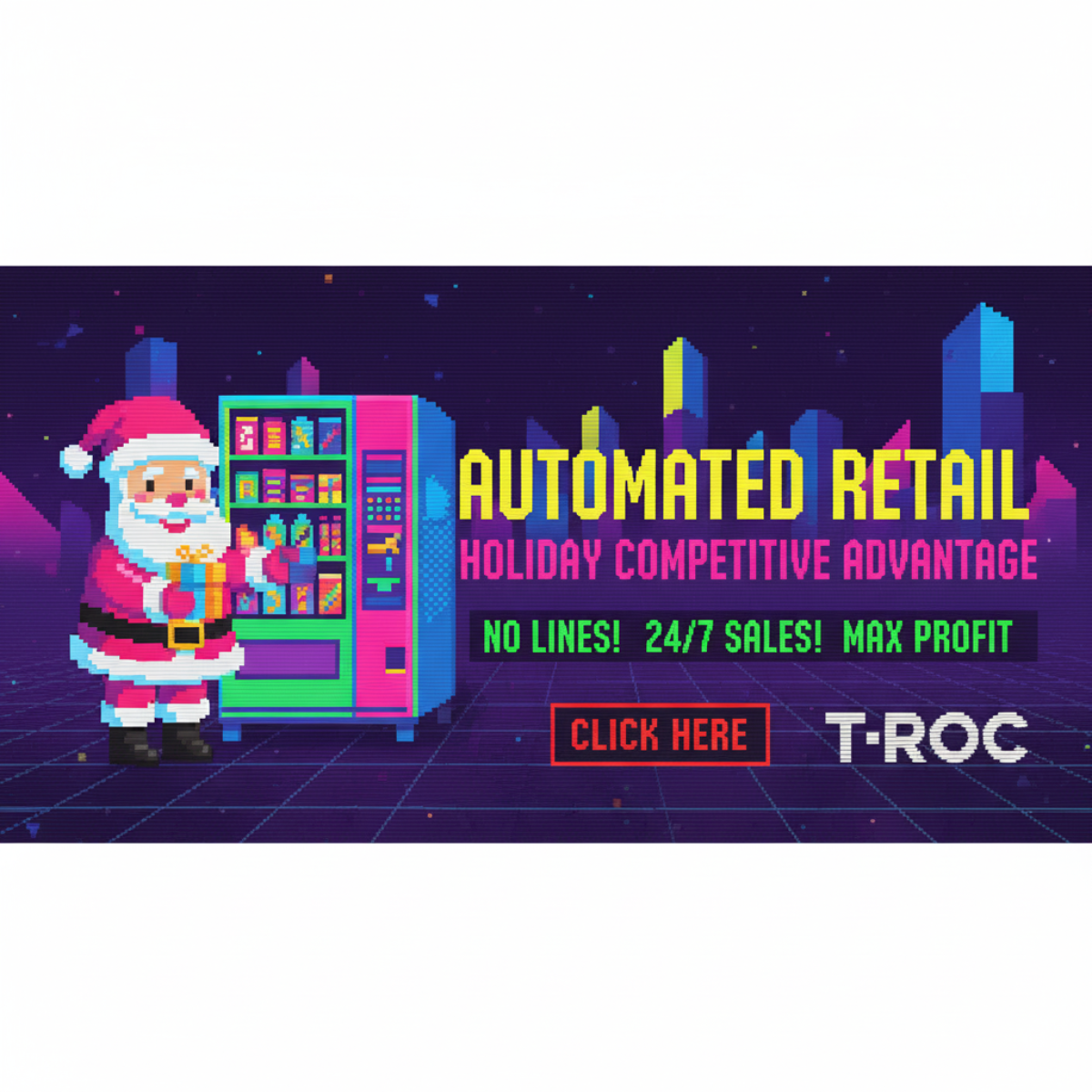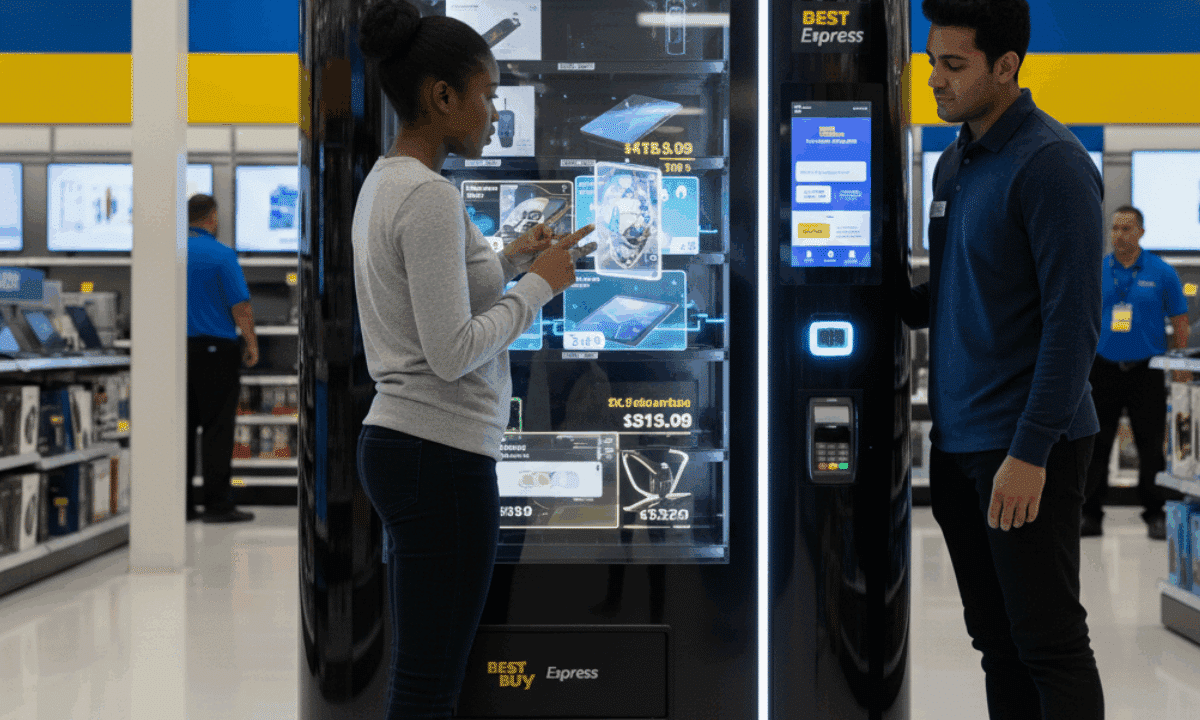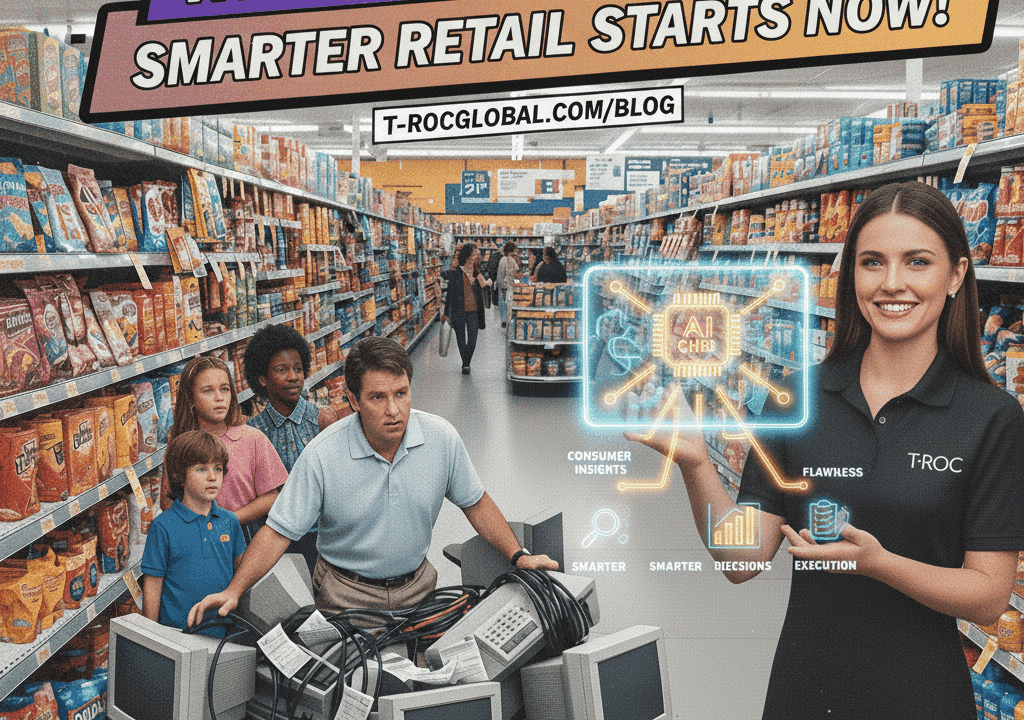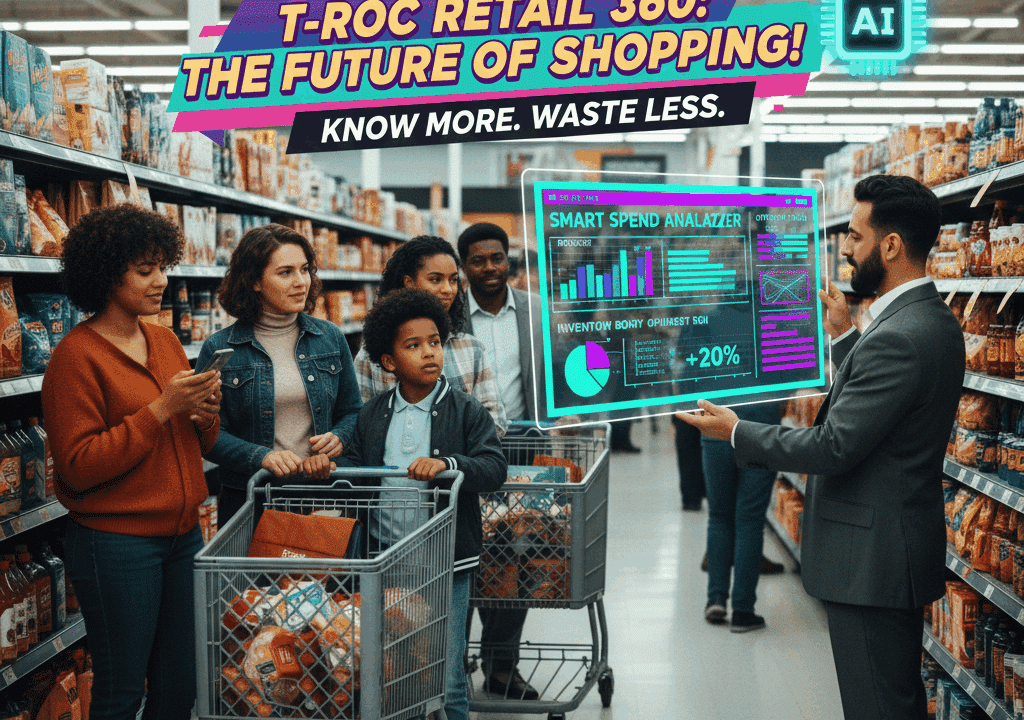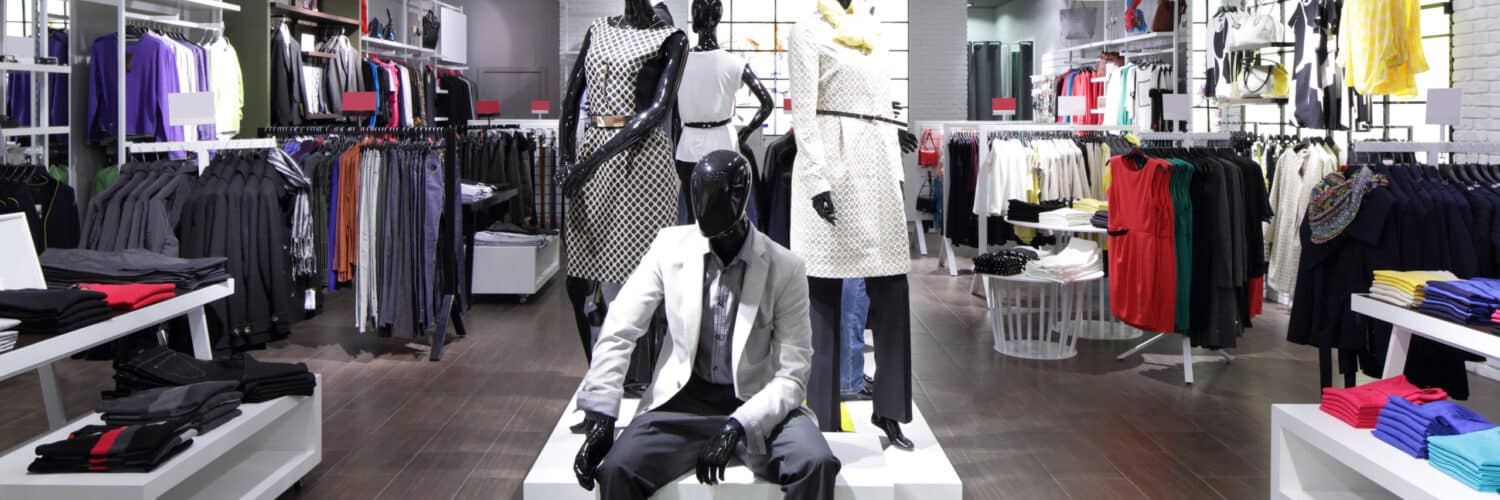
How to Remodel your Retail Store to Enhance your Business
Retail Store Remodeling: Tips On Doing Your Project Right
You’re not creating a new store – You’re creating a new experience
As a general rule of business, change is necessary. It invigorates and revitalizes by bringing new energy and excitement to the situation. As a retailer, you’re well aware that the retail industry has gone through some monumental changes in recent years.
The growth of online shopping and the emergence of new data-driven retail solutions have revolutionized how people shop and the ways retailers sell. For the brick and mortar retail store, it’s become more important than ever to engage customers in compelling and meaningful ways. One way to do it is by implementing a major store remodeling project.
Have you considered remodeling your store or stores recently? Before committing the time and capital required for a complete remodel, it’s a good idea to examine your retail operations. There may be other factors impacting performance. Interested? Talk to the retail management experts.
What Can You Expect To Spend On A Remodel?
According to an online article that appeared on dumpsters.com, the average cost of remodeling a retail store is about $200 per square foot. Of course, this is an average. With advanced digital video and new assisted selling technologies, the investment in a store remodel could be substantially higher. The last thing you want to do is remodel a store only to find it isn’t delivering the results you expected. With this in mind, here are four best practices that’ll help make your remodeling project a successful one.
[su_button url=”https://trocglobal.com/contact/” size=”12″ center=”yes”]Contact Us For A Free Consultation[/su_button]
Create An Open Plan If Possible
Naturally, the merchandise your retail business sells play a significant role in how your remodeling project should be planned. For example, grocery stores will likely have many aisles with just about every inch of shelf space maximized to accommodate the volume and variety of product being sold. Technology brands and retailers, however, are apt to desire sleek and stylish spaces where only a handful of products can be prominently featured.
If at all possible, we suggest moving towards a more open store environment. Narrow aisles and overcrowded shelves are probably not the retail experience your customer is hoping to find. Keep things breathable and easy to navigate. Use partitions rather than walls to distinguish areas. Make sure there’s enough product in plain sight so the store appears fully stocked, but not so much that you create a confusing and cluttered shopping experience for the customer.
Focus On Lighting
A new store should have a new vibe. Sure, it’s a good idea to retain any positive design and brand equity you have, but a remodel should feel like a new location as much as it looks like one.
Lighting is a key consideration when trying to create the right mood. For example, if you’re looking to design a warm and intimate shopping experience then fluorescent lighting is a big no-no. However, if you’re going for an industrial warehouse style project, then they might work fine. For small spaces, incandescent lights can burn uncomfortably hot and lead to higher utility costs, while LED lighting systems run cooler and last longer.
Clean Store Signage
A store remodel is the perfect opportunity to rethink your in-store communications. Make sure new signage is engaging, easy to read, and provides the customer with valuable information. Whether it’s directing shoppers to a store department or informing them of a great offer, crisp and clear signage is a big part of a great store experience.
Signage Hints:
- Oversized product and lifestyle imagery are a sure way to draw attention to specific areas.
- Use a well-defined color palette to create a sense of place in your store.
- Sometimes a clever headline can be just as powerful as imagery.
Create Flow and Focal Areas In Your Store
Your store remodeling project should strategically guide customers through the retail space. When they can see a path forward, customers tend to follow it. This is called creating “flow” and if you plan correctly it’s a great way to lead customers directly to top sellers, seasonal items, sale merchandise, impulse buys and other product you need to move.
If you found this article helpful, you’ll find a lot more retail insight at www.trocglobal.com.
[su_button url=”https://trocglobal.com/contact/” size=”12″ center=”yes”]Contact Us For A Free Consultation[/su_button]
TROC is the leading provider of premier staffing outsource, software, managed technology services, and consumer insights for the top global brands, retailers, manufacturers, service providers, and distributors. The company’s distinctive solutions address the entire lifecycle of brick and mortar brand and retail operations by combining retail expertise, best practices, and technology to help its customers achieve sales and operational excellence as well as a sustainable competitive advantage. As a Retail 4.0 thought leader, T-ROC enables companies with high-value products in the physical world to thrive through the digitalization of the physical shopping experience. To learn more about T-ROC, visit www.trocglobal.com.

